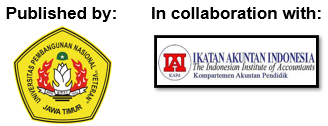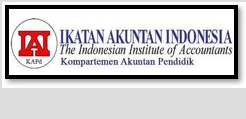How do Trading, Service, and Investment Sector Companies Make Transfer Pricing Decisions?
DOI:
https://doi.org/10.33005/jasf.v4i1.109Keywords:
Bonus mechanism, tunneling incentive, debt covenant, sales growthAbstract
The purpose of this study was to examine the effect of bonus mechanisms, tunneling incentives, debt covenants, and sales growth on company decisions in transfer pricing practices. Trading, service, and investment companies listed on the Indonesian Stock Exchange (IDX) in 2014-2018 were used as the research population. The sampling technique used a purposive sampling method with specific criteria so that the final sample of the study was 21 sample companies. The research analysis technique used multiple regression analysis techniques using the IBM SPSS 21 application. This study proved that the bonus mechanism and sales growth could not influence the company to choose to practice transfer pricing. Tunneling incentives have a positive and significant effect on the decision to practice transfer pricing. In contrast, debt covenants have a negative and significant impact on the decision to practice transfer pricing. This research concluded that bonus mechanisms and sales growth could not determine transfer pricing practice decisions while tunneling incentives can influence companies in making decisions on transfer pricing practices. Debt covenant has a negative and significant effect on transfer pricing practice decisions. Future research may use other bonus mechanism measures, such as proxies for compensation. Subsequent studies can select company objects with a larger population, such as non-financial companies on the IDX.
Downloads
Downloads
Published
How to Cite
Issue
Section
License
Copyright (c) 2021 Desy Wahyu Priyanti, Trisni Suryarini

This work is licensed under a Creative Commons Attribution 4.0 International License.














